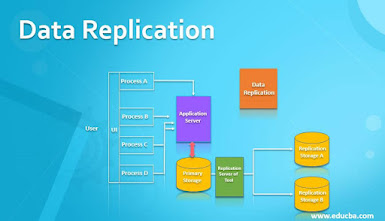How Does Data Replicating Software Work
Let’s examine why data replicating software is very critical in the modern data-driven business environment.
The most important reason is that it is very necessary to have copies and backups of databases so that they can be used in case of a data breach, outage, or data loss. Even though taking a snapshot of a database sounds like an easy solution to this issue, the downside is that source databases are continuously inputted with incremental data that has to be moved to target databases. It is here that replication software comes in handy as it continuously moves changed data to the intended databases provided both the source and the target are always kept in sync.
An optimized replicating software can replicate data for storage at various locations that can be accessed remotely by users. This is very useful in case of an outage or crash of the primary server as in such cases, secondary servers in remote locations where data has been replicated are automatically triggered and work can go on without a break. After the problem is resolved, all changes in this break period are auto-updated in the primary server.
What are the functions of the data replicating software?
First, the software can carry out data migration from a hybrid solution or undertake analytics of data in real-time. Moreover, it can seamlessly move data quickly and synchronize it between data warehouses and databases. The replicating software can also facilitate real-time data integration to be combined with log-based and non-invasive change data capture. This capability greatly helps to lower the cost of data warehousing and increase the availability and accessibility to vital business information.




Comments
Post a Comment